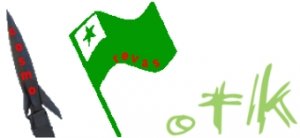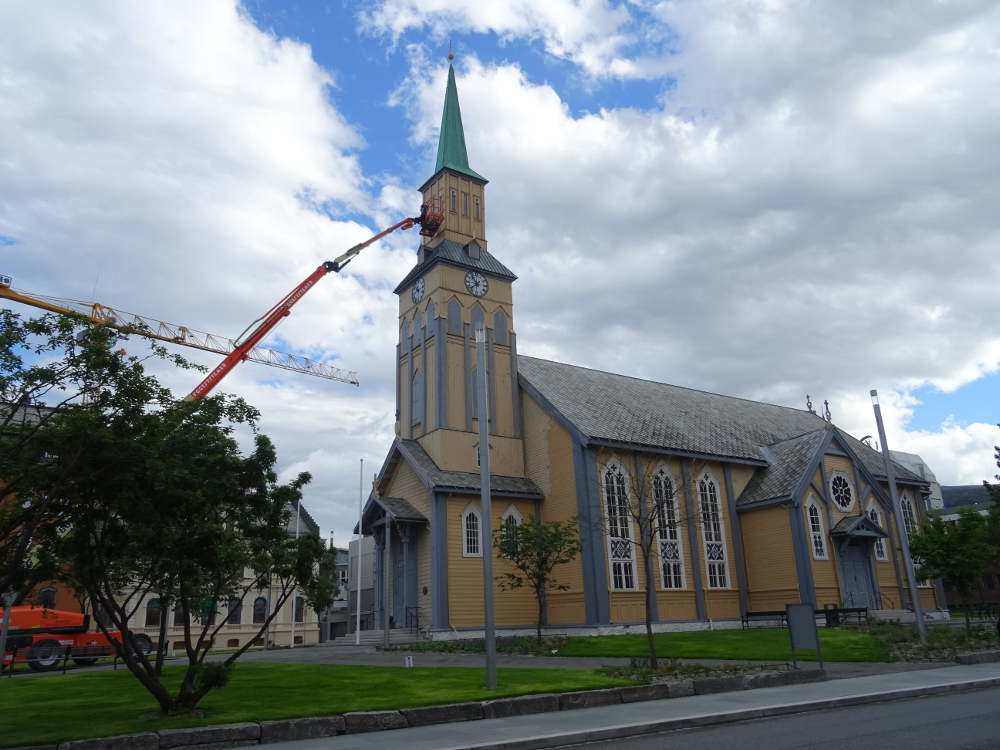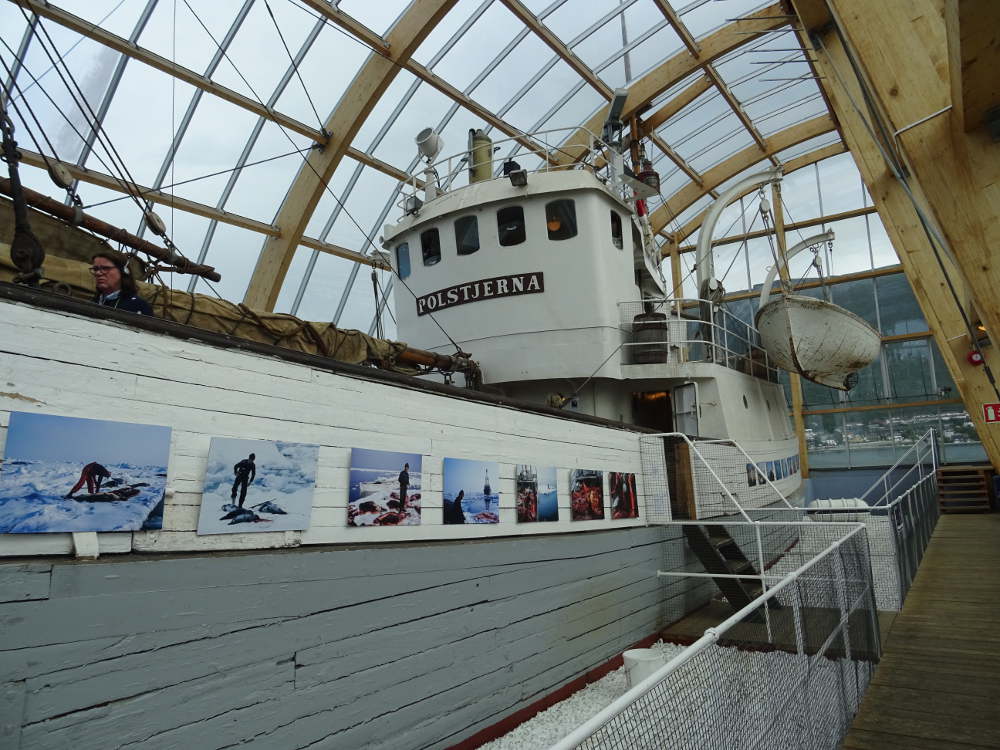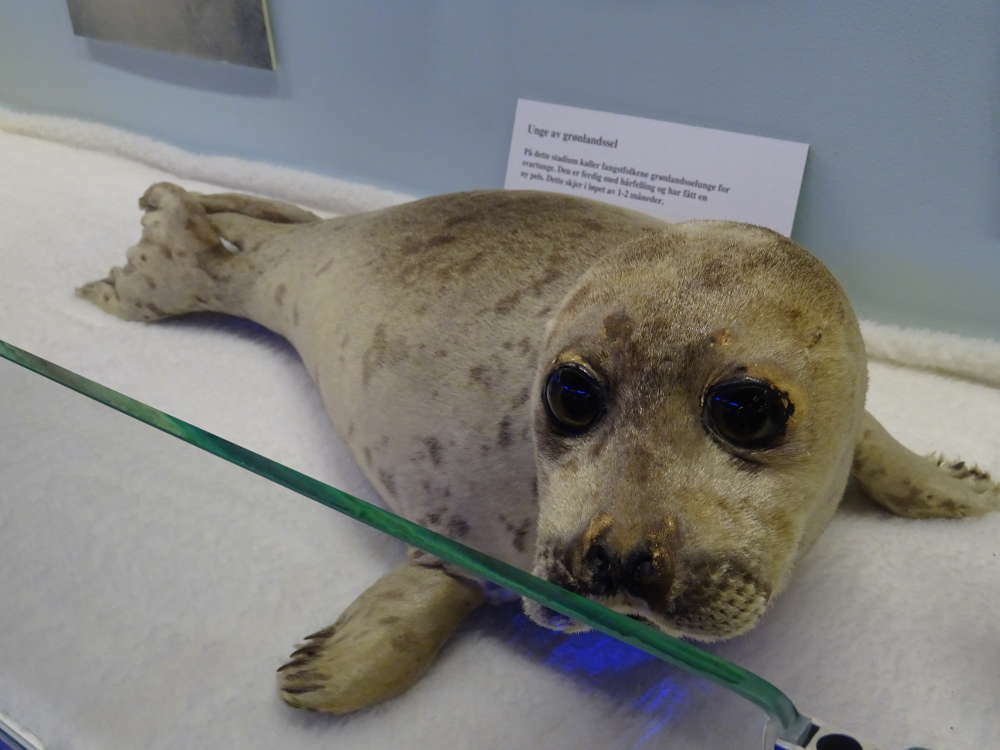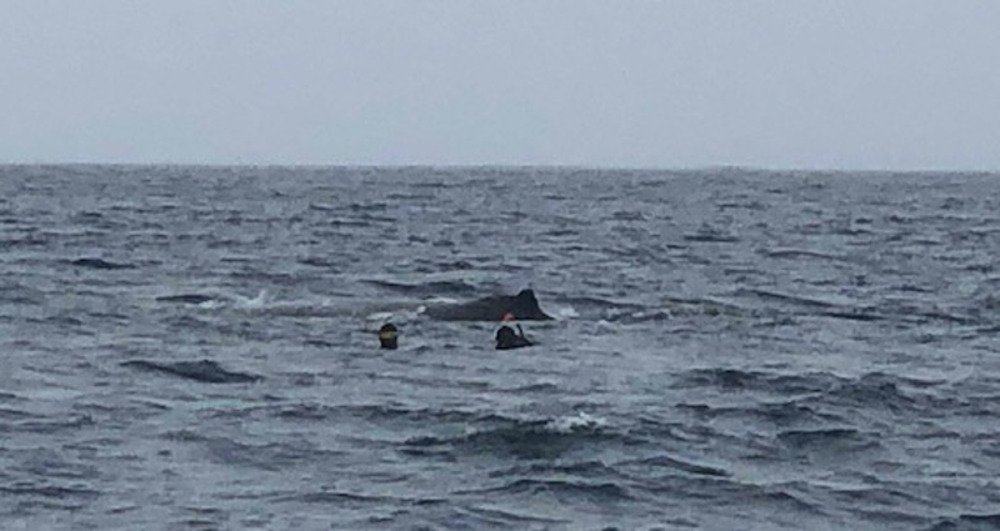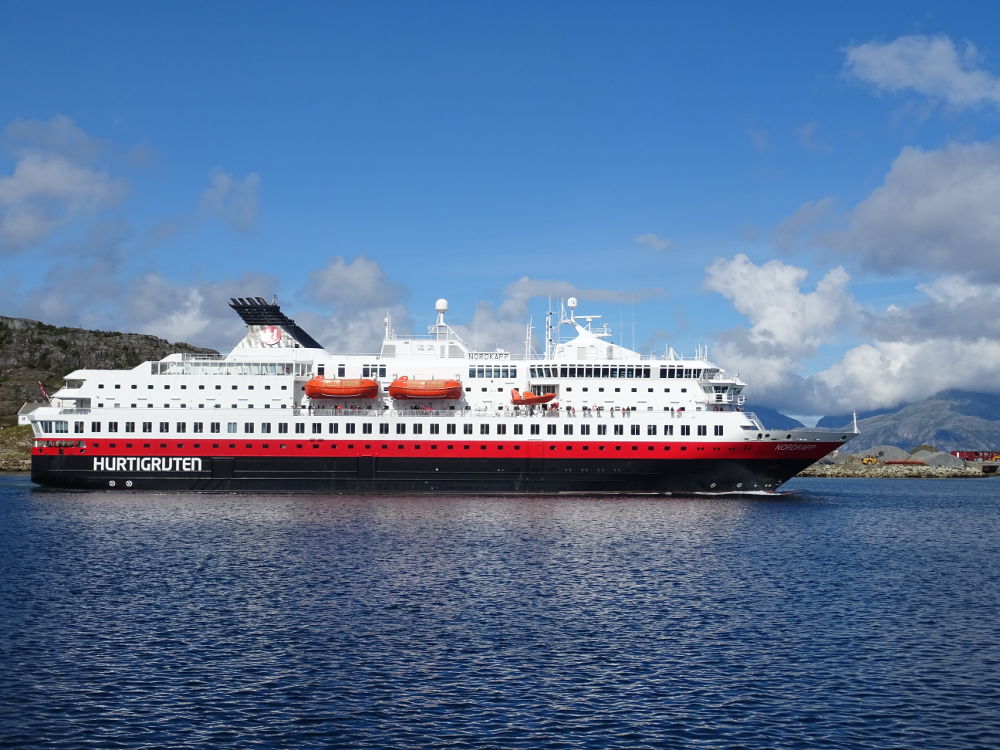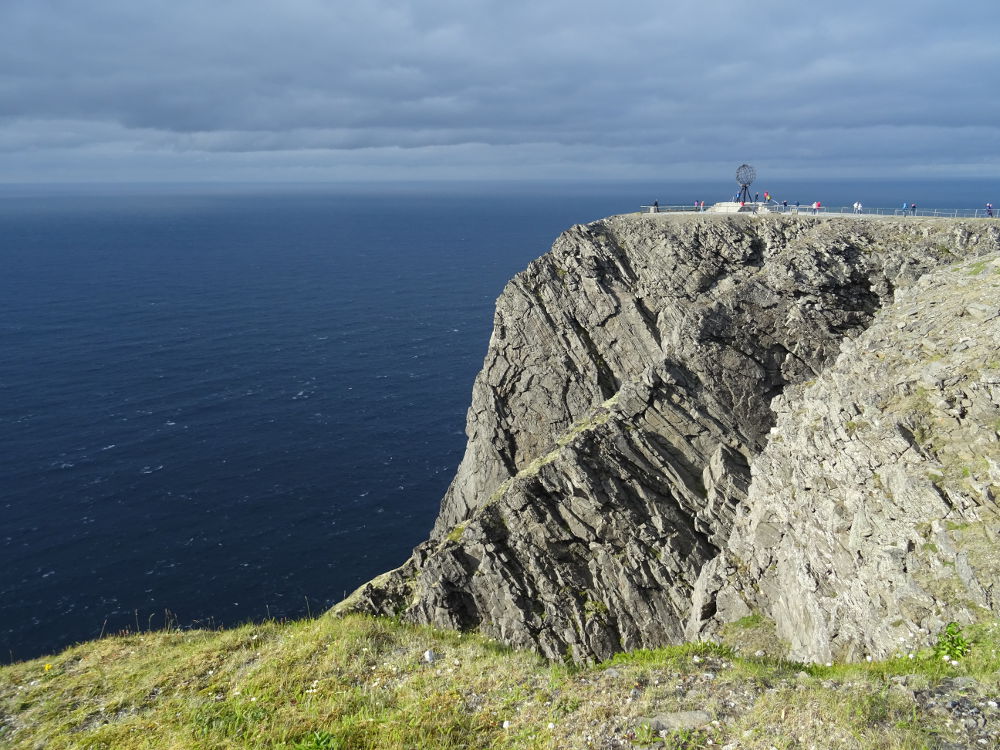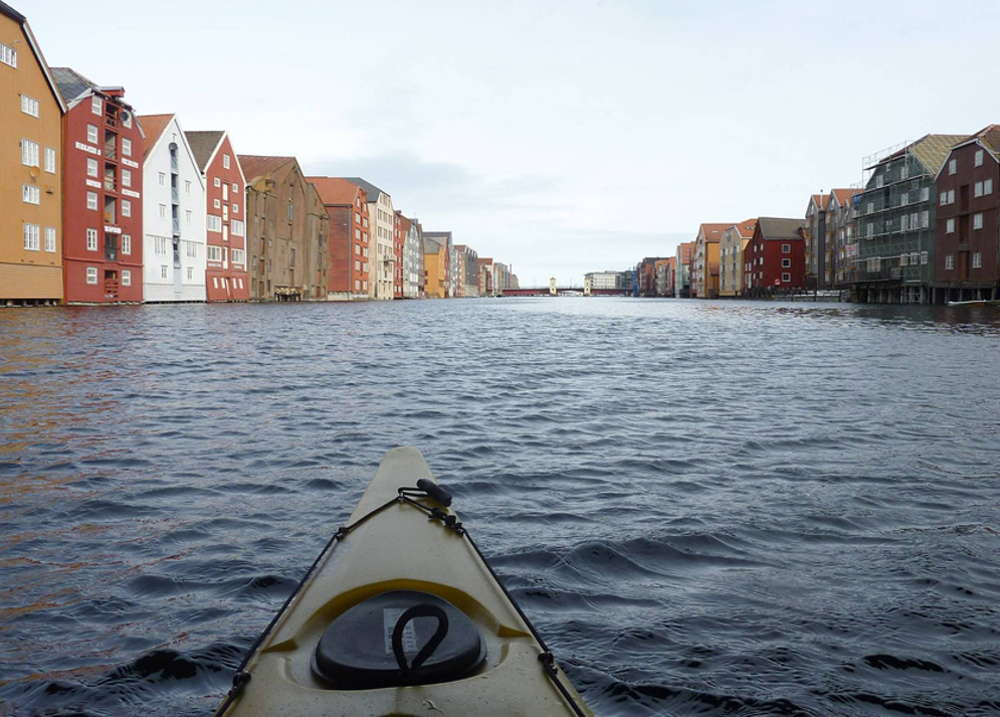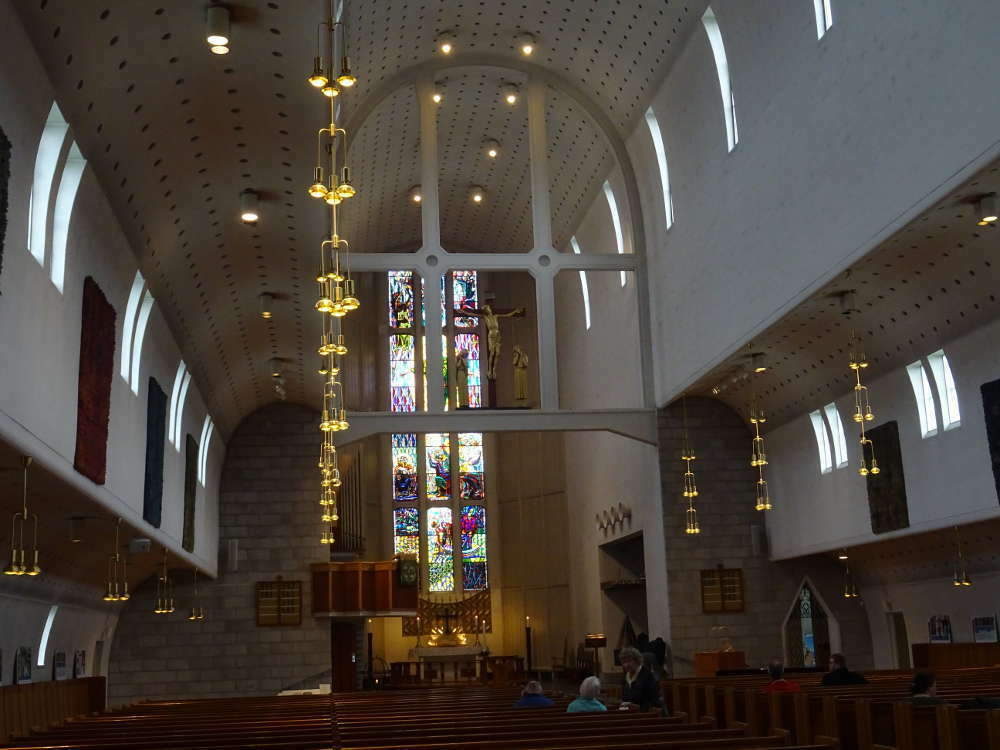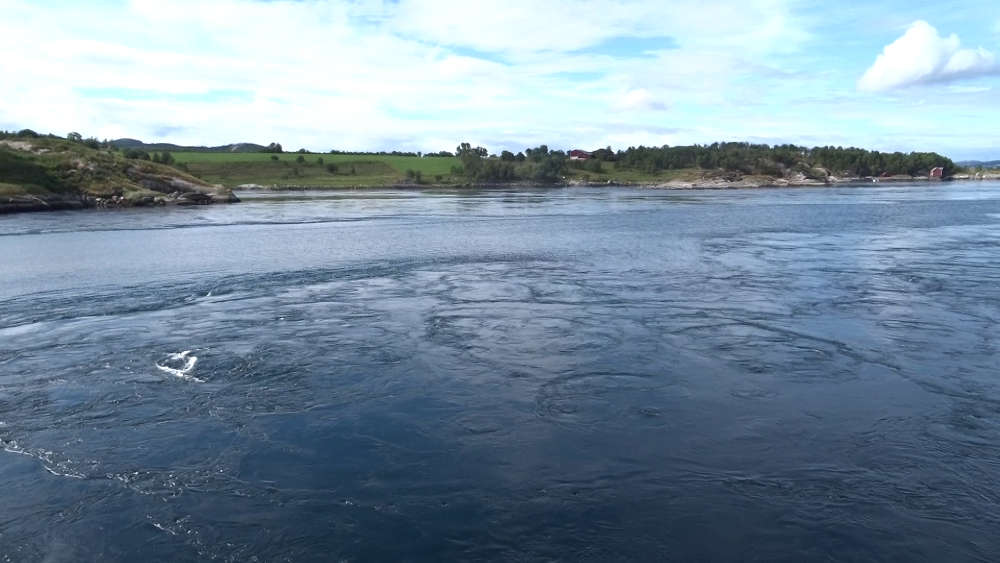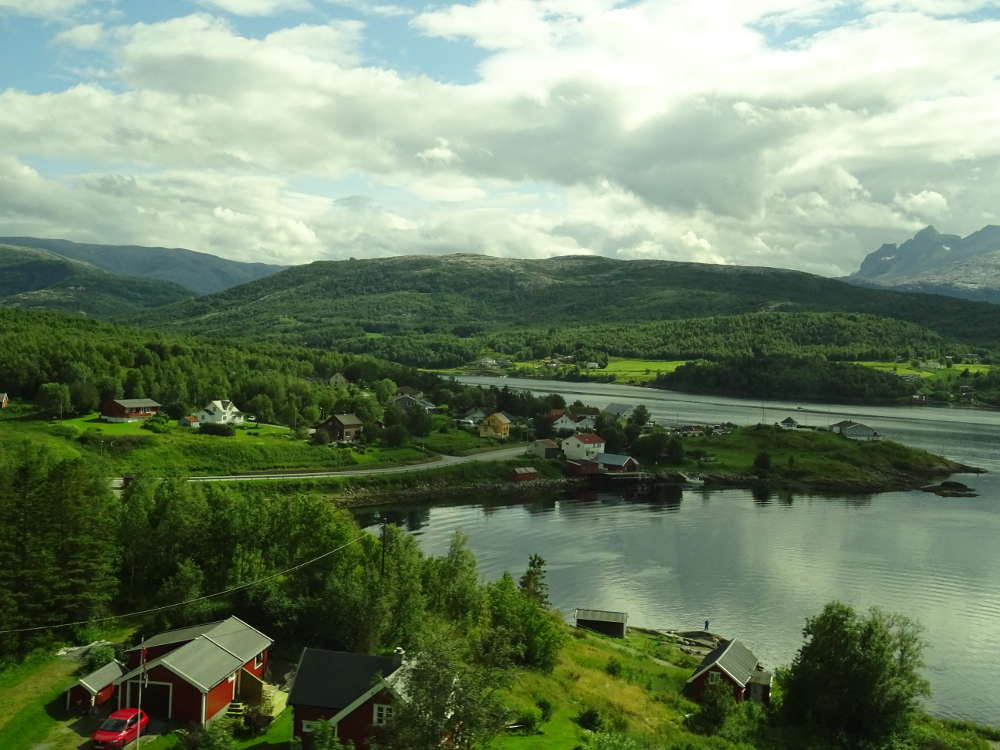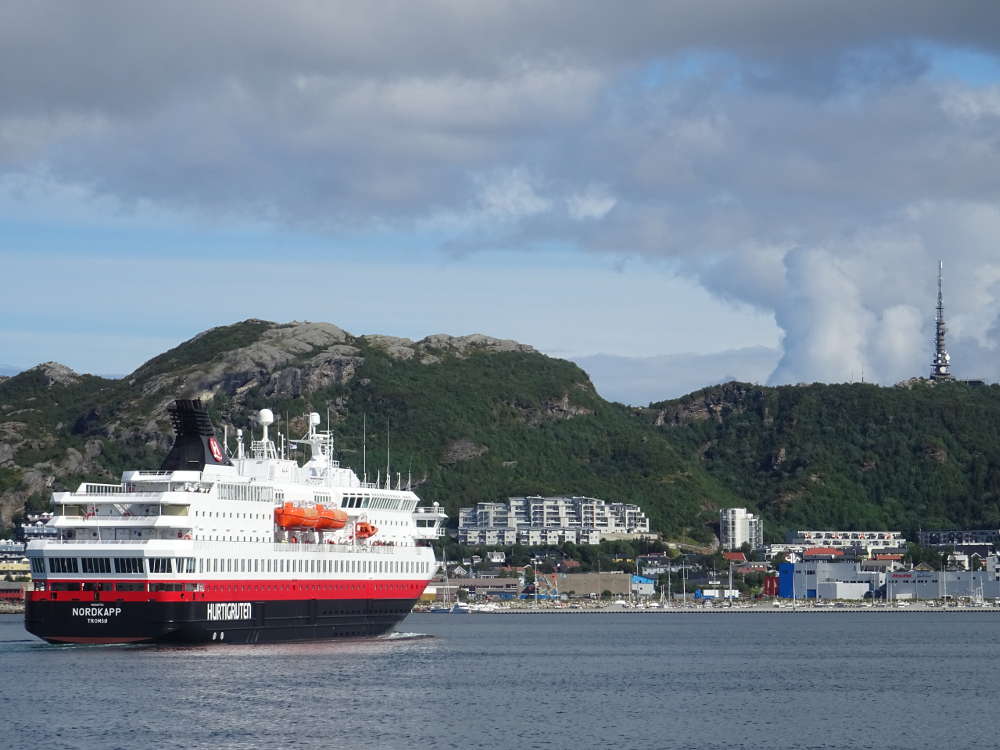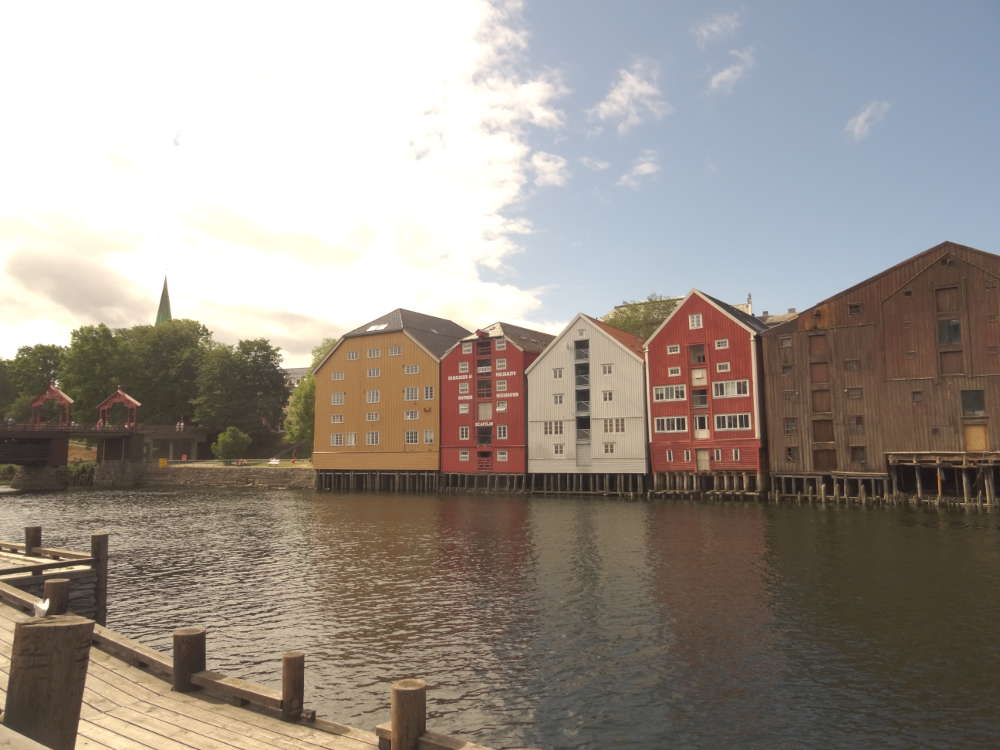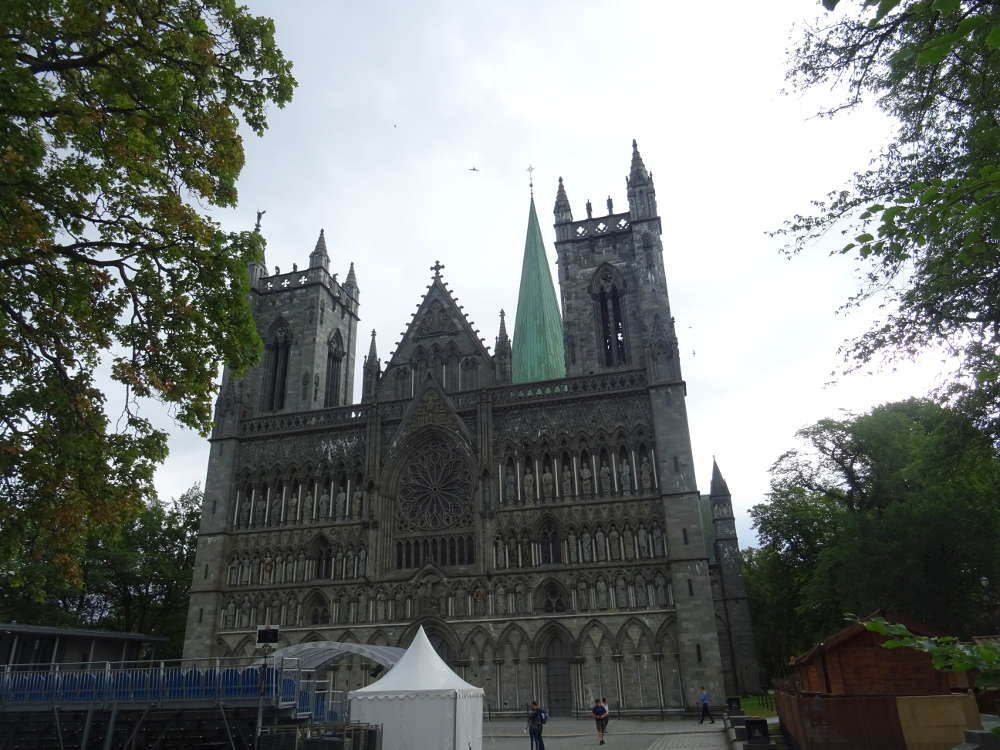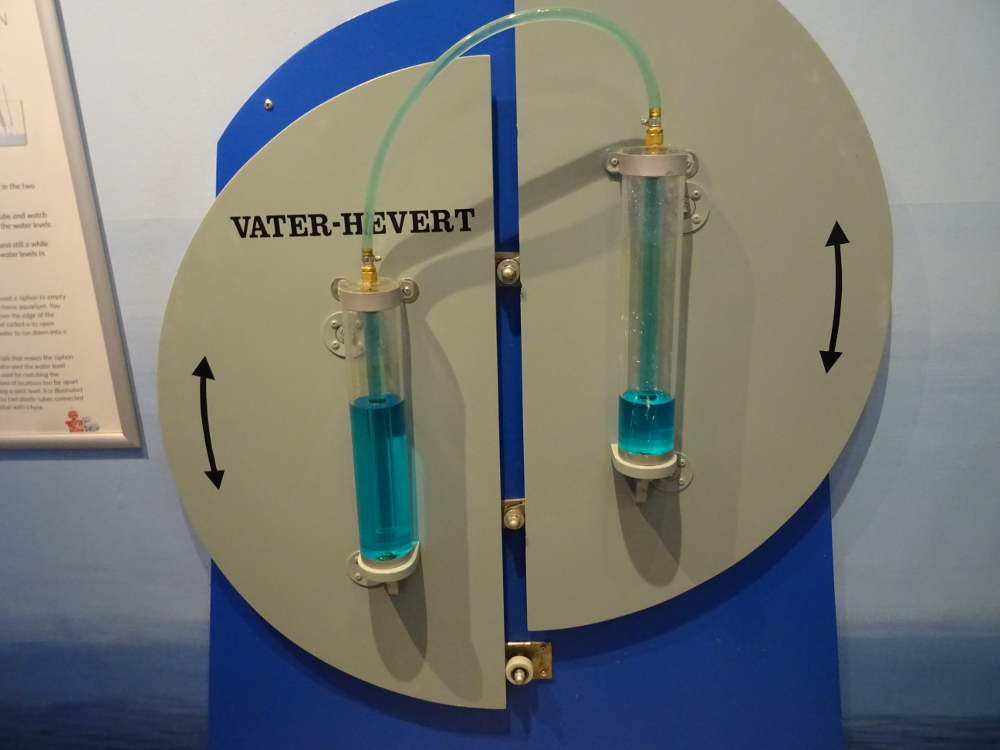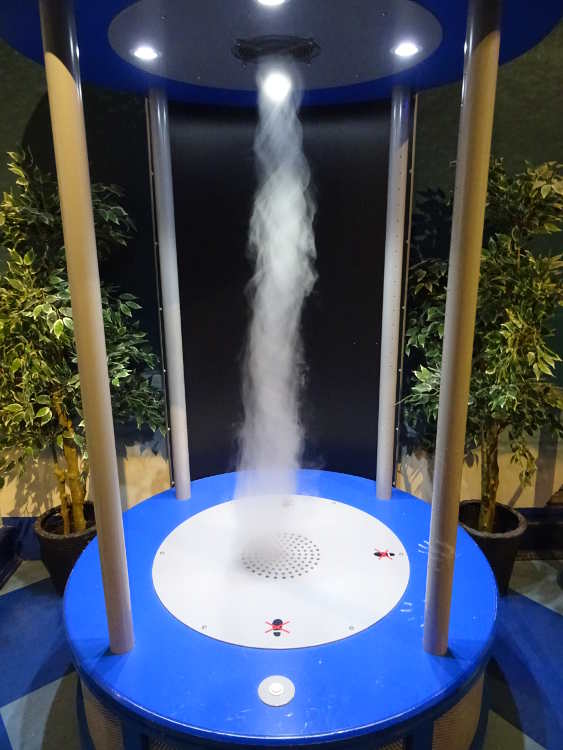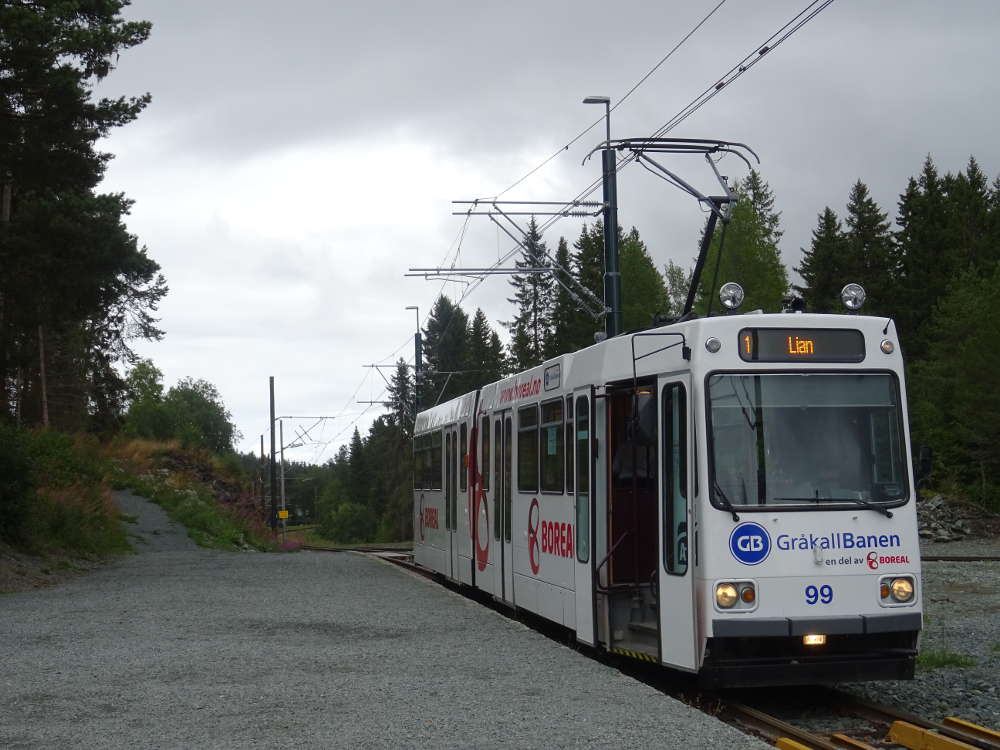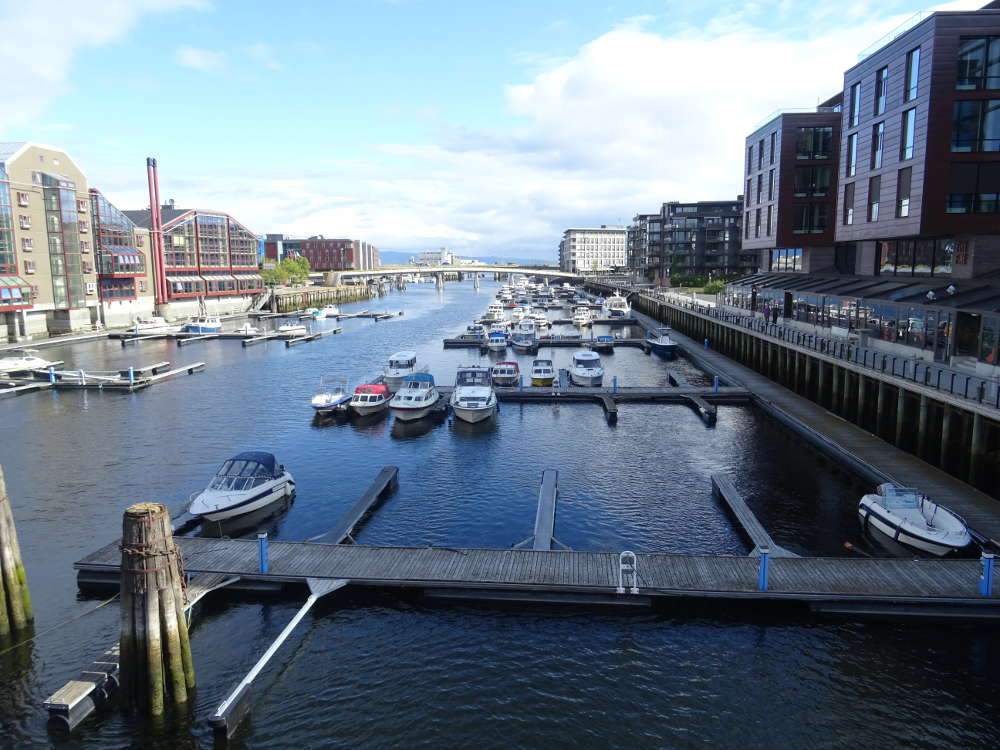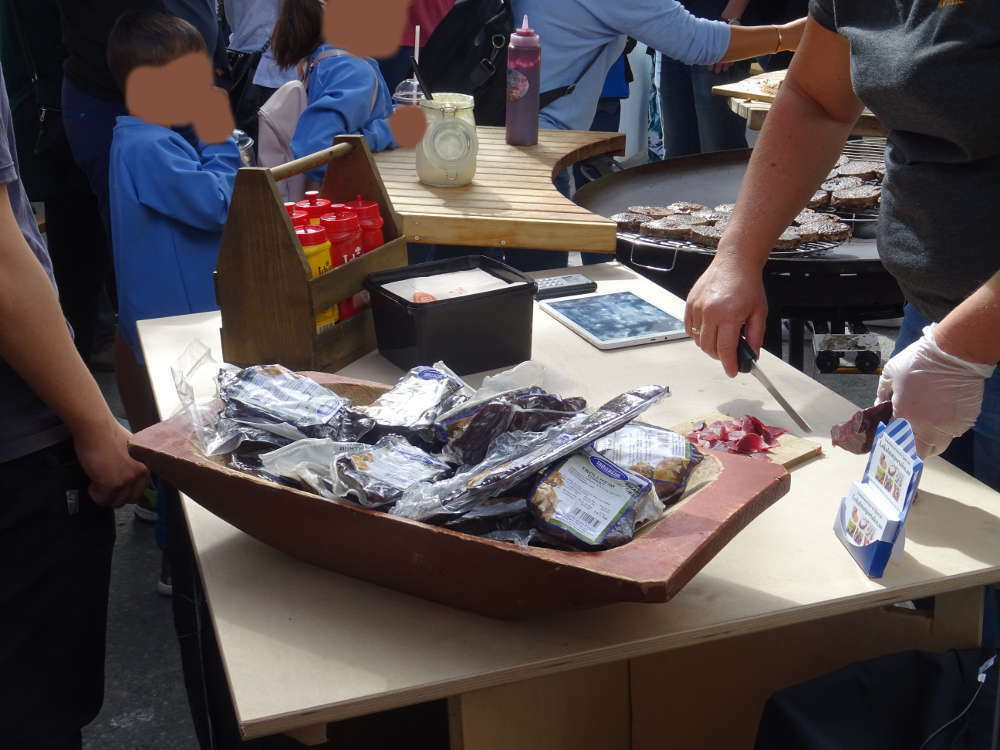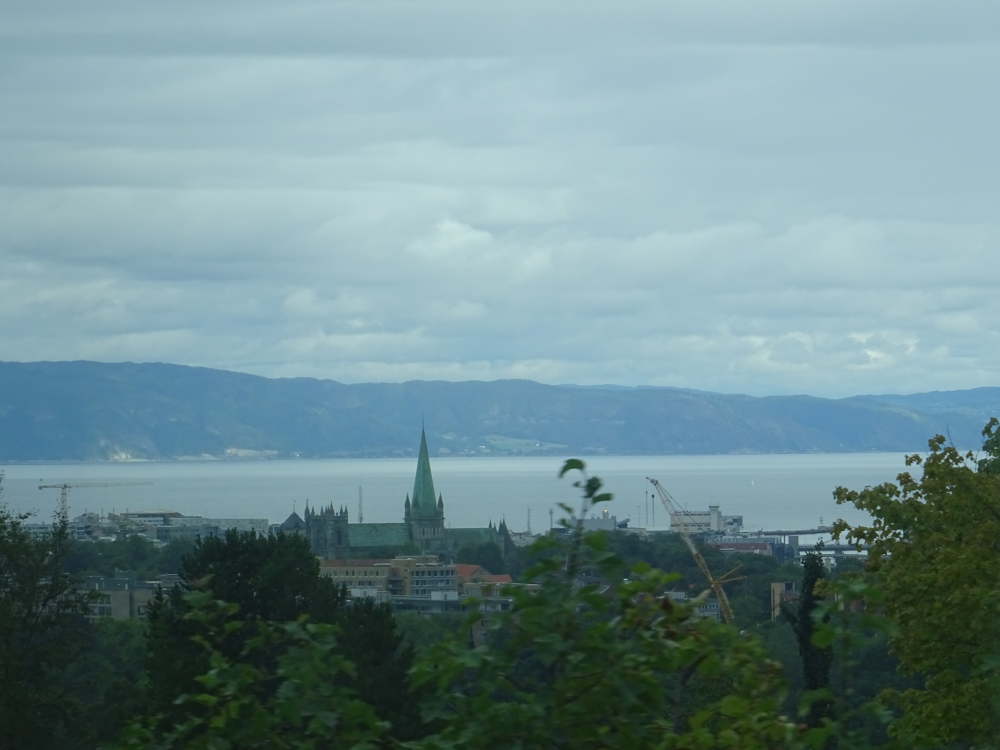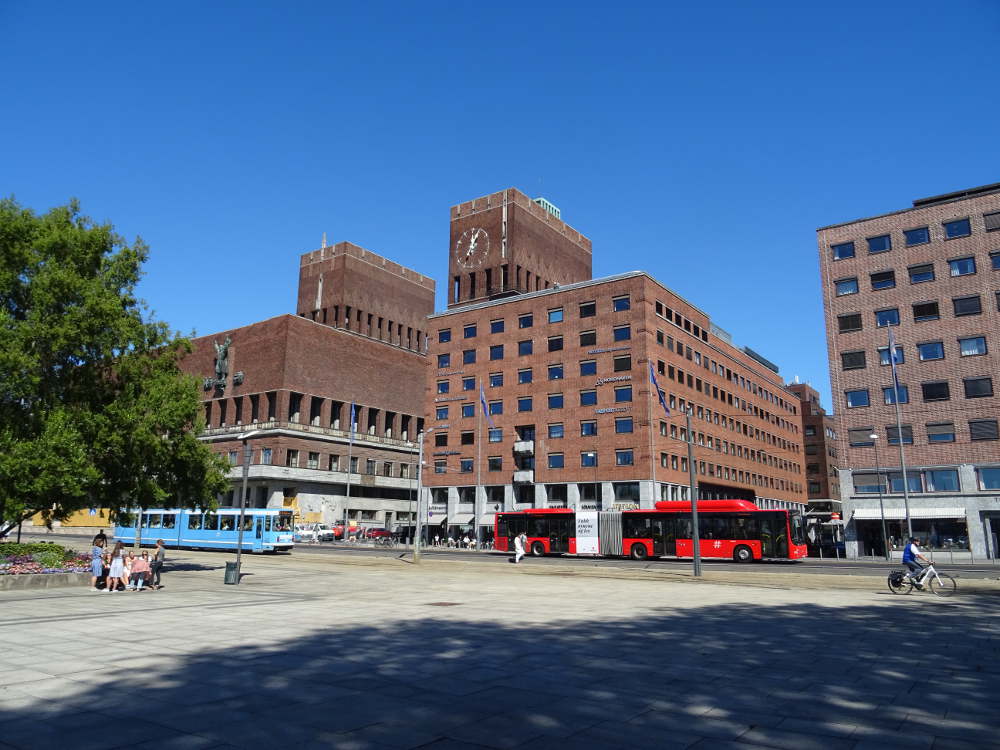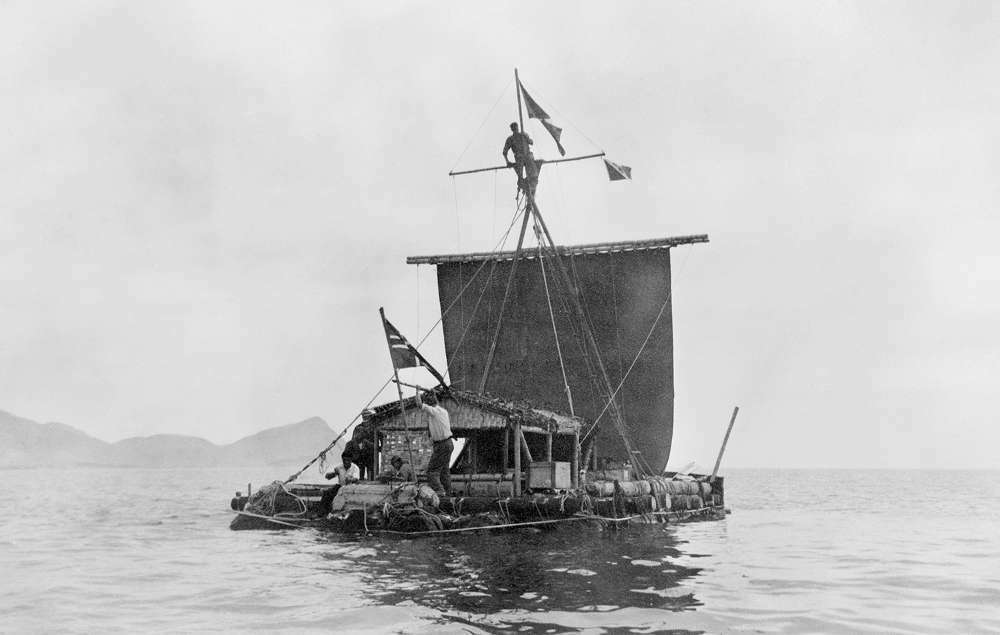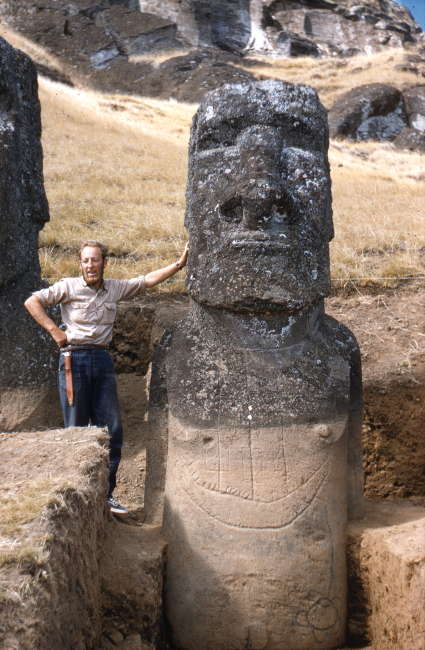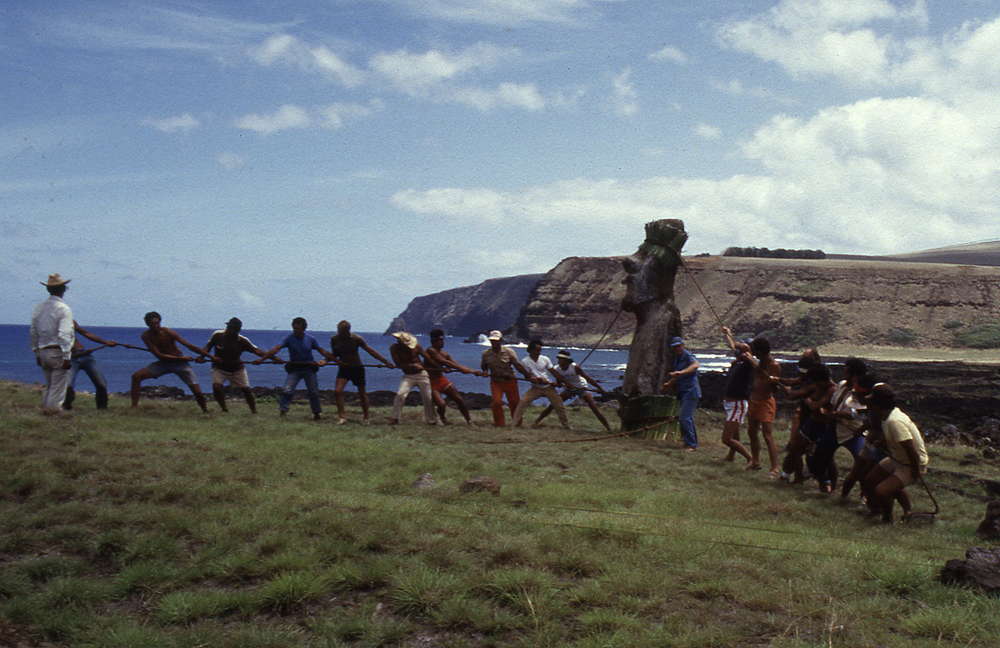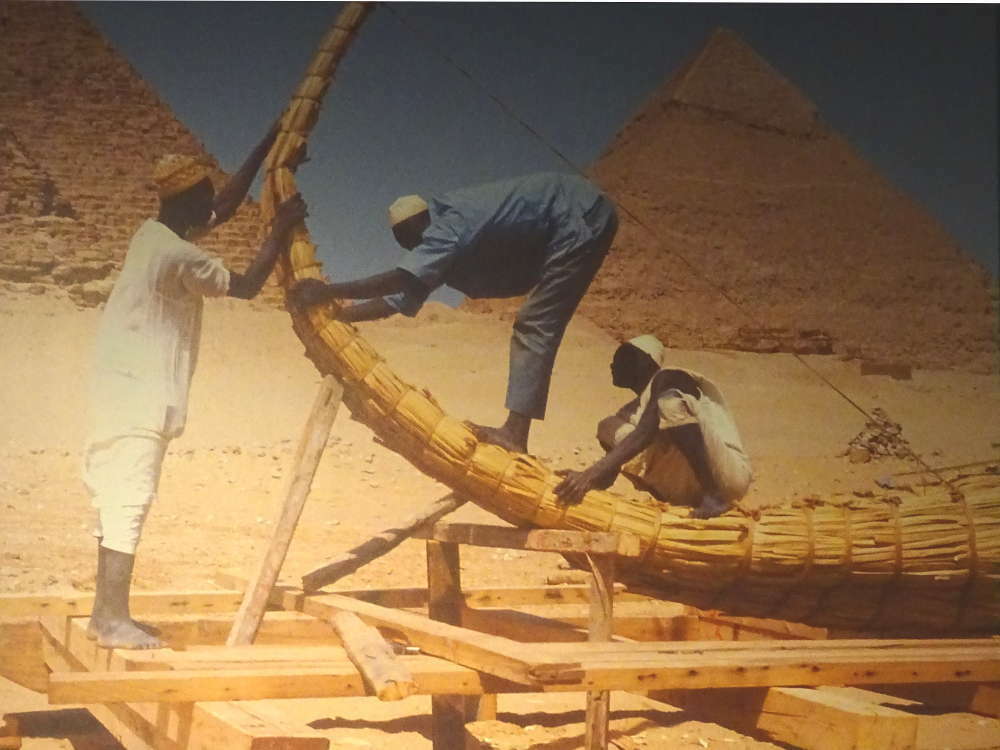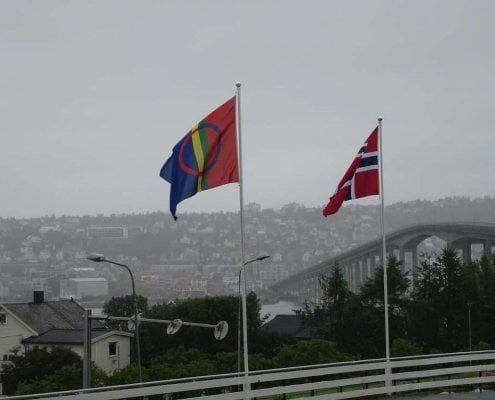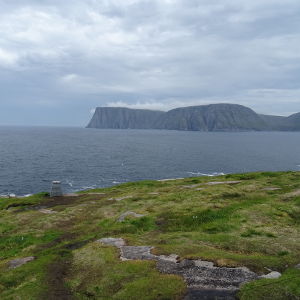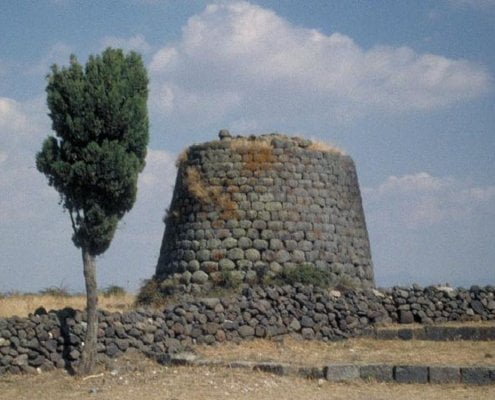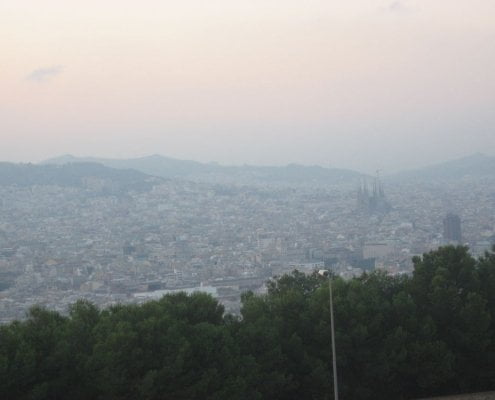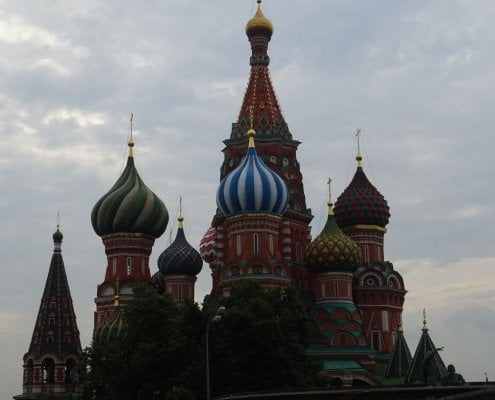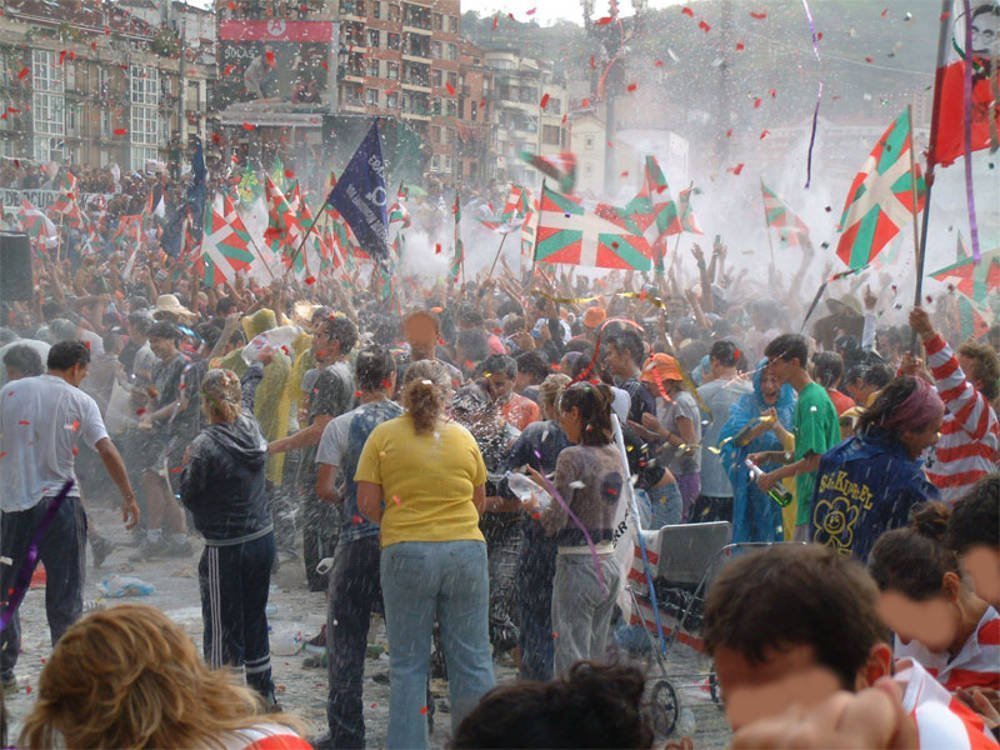

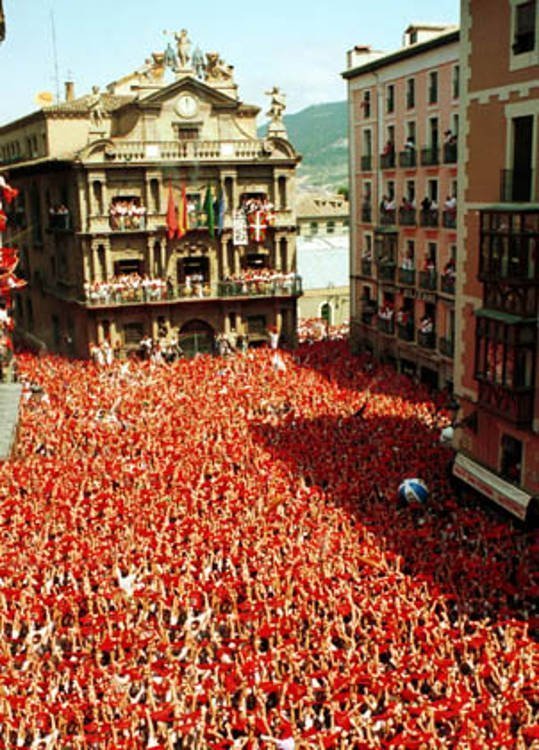
FESTIVAL OF SAN FERMIN:
RUNNING OF THE BULLS IN PAMPLONA
We have all heard about the running of the bulls in Pamplona during the festival of San Fermin.
What exactly are the festival and the running?
I have been there three times and I think I know enough to clarify everything and answer your curiosity.
INTRODUCTION
The bull run, the “encierro”, is a free 850-metre race with 6 wild bulls and 6 cows leading the herd, which is celebrated in Pamplona every day from 7 to 14 July each year, for the San Fermin festivity.
The launching of a rocket starts the race at 8 a.m. and its estimated duration is between 2 and 3 minutes.
When it exceeds 3 minutes, it usually means that the bulls are not together but are running alone, so the danger increases exponentially.
Everyone over the age of 18 can take part in the run, free of charge and without registering, subject to rules that we will see later.
HISTORY
Birth of the bull run
Historical reports report that in the 1385, during the reign of Carlos II de Navarra, primitive bullfighting was already being celebrated in Pamplona.
At that time, the bulls were led on foot through the fields to the city and the last leg of that trip was made early in the morning, running through the streets cheered on by the shepherds.
We have to conclude, therefore, that at least 600 years ago there was an embryonic bull running in Pamplona, which began as an accompaniment of the bulls through the streets of the city to the bullring.
Those bull runs had little to do with the current ones. A galloping horseman would stand at the front to announce the arrival of the bulls to the inhabitants, and some young men would run with the herd, contravening the orders of the consistory, which always considered the bull running as disobedience to authority. The run was officially forbidden, although it was permitted.
In the Middle Ages the streets were delimited by blankets and carts, until in 1776 the municipality decided to place a pine fence to prevent the frequent cases of bulls running through the streets of the city.
Until 1843 the bull run ended at Plaza del Castillo, temporarily set up as a bullring, and until 1856 the bulls didn’t run down Calle Estafeta.
During those 13 years, the bull run had four different routes, partly because of the construction of the railway.
It would have allowed the bulls’ transport by train, excluding the trip through the countryside and the subsequent bull run in the streets.
Popular support for the Pamplona bull run defeated the authorities’ desire to ban it definitively, prompting the city council, in 1867, to establish a rule fixing the time and route, making it legal.
The last big change to the route of the bull run took place in 1922, when the inauguration of the current bullring obliged the bulls to turn left at the end of Calle Estafeta, instead of turning right as they had done until then.
Record-breaking bull runs
Although it may seem strange, never one bull run is the same or similar to another, given the infinite variables created by the bulls, the runners and the weather.
However some races have been remarkable.
On July 8, 1939, a bull named ‘Liebrero’ broke through the fence causing numerous injuries and was killed by the Guardia Civil.
In 1940 a bull broke the fence in the Telefónica area and escaped after goring a spectator.
In 1941, the strength of the fence was increased, making it double: another fence was added to the first one, spaced two metres apart.
The bull runs of 10 July 1947 and 13 July 1980 were the only ones in which the same bull killed two people.
They were ‘Semillero’ and ‘Antioquio’.
The longest bull run took place in 1959 and lasted about half an hour.
A bull in the bullring didn’t want to enter the stable, until a small German shepherd succeeded and was acclaimed by the entire arena.
On 12 July 1988 a bull ran all the way through Santo Domingo in reverse, returning to the stable door.
On 9 July 1994, there was the highest number of people injured, although not seriously: 107.
The fastest bull in Pamplona was ‘Huraño’, who on 11 July 1997 finished in just 1 minute 45 seconds.
In 2003 a bull gored a father and his son in less than 20 metres.
ROUTE
The 850-metre-long Pamplona Encierro runs through the winding streets of the city’s historic centre.
The urban complexity of this area of Pamplona, the result of centuries of different constructions, makes the route of the bull run so varied and spectacular that it seems to have been designed especially for the Encierro.
In fact, it runs through medieval gates, steep climbs, double right-angle bends, narrow and shady alleys, fast descents and enters the bullring through a gallery of terraces.
Shortly before 8a.m., runners go near the start, where there is a small statue of San Fermin, and entrust themselves to him with the singing, first in Spanish and then in Basque language:
“a San Fermín pedimos, por ser nuestro patrón, nos guíe en el encierro dándonos su bendición.
Entzun arren San Fermín, zu zaitugu patroi, zuzendu gure oinarrak, entzierru hontan otoi.
Viva San Fermín. Gora San Fermín”.
Then at 8 o’clock a first rocket starts the race.
Santo Domingo
The bulls come out of an enclosure located in an old bastion of the walls (a second rocket signals that all the bulls are in the route) and, rested, they reach the highest speed of the entire route in the Santo Domingo climb: 280 metres between stone walls at a 10% drop.

Plaza del Ayuntamiento – Mercaderes
The second section of the bull run is flat and measures 100 metres long by 9 metres wide.
The bull run is still very fast, skirting the town hall and taking a slight left turn at the beginning of calle Mercaderes.
Estafeta
Difficult section of the race: 300 metres in the shade and a slight climb of 2%.
There is a 90° bend to the right, which, due to the centrifugal force, often results in the bulls colliding against the outer fence, causing chaos and the subsequent separation of the herd.
Runners here must be very careful and avoid the left side.
It’s easy the bulls separate at the Mercaderes bend so is impossible to manage them all the way down Calle Estafeta.
Some bulls will overtake you and you have to move to one side cleanly and without damaging other runners.
Be careful about the horns of the bull that surpasses you and another bull may be behind you.
Telefónica
The last section of the encierro is the brightest and the only one slightly downhill.
In the 90 metres of the Telefónica segment, the bulls are tired and run more slowly than in the beginning of the route, but they are often alone and cross an area without buildings, with fences on both sides.
The danger is also increased by the presence of inexpert runners, who don’t follow the acceleration of the bulls.
This creates very dangerous situations and in fact the accident statistics are particularly high.
Callejón
The 9-metre width at the beginning of the Telefónica narrows in a funnel shape to the 3-metre Callejón (alley) of 30 metres that passes under the stands, all the way to the inside of the bullring.
The main danger is the formation of a block between people trying to enter and the bulls, which usually has no difficulty in overwhelming everyone and making its way through.
In case of a fall, the runner should escape by rolling sideways, avoiding being trampled and above all not getting up, so as not to be run over by the crowd or gored by the running bulls.
You should not enter the arena behind the herd because the bulls often turn around and the runners get stuck between the bull and the gate.
Plaza de Toros
When all the animals enter the bullring, the gate is closed for safety and a third flare warns that no bulls are left in the street.
Once inside the bullring, taking care of the change of pavement from cobblestones to sand, it’s important to open up immediately by fanning out to the left or right towards the barriers.
This helps the bull to go straight towards the fence, possibly guided by the dobladores, dressed in green and with the banner draped over the ground.
The entrance of the last bull into the corral, with fourth and final rocket, marks the end of the daily bull run.
PROTAGONISTS OF THE BULL RUN
Bulls
In classical antiquity, the bull was always considered an animal that embodied the characteristics of the gods: greatness, strength, courage and nobility.
Humans, seeking to be similar, have been challenging bulls for thousands of years, from Greece to Crete and Anatolia.
The Pamplona bull run is nothing more than a local modern manifestation of defiance to death, represented by the bull.
Wild bulls are bred in large areas of Andalusia, Extremadura and Salamanca, but there are also some herds in the provinces of Madrid, Navarre, La Rioja and Aragon.
Each bull reared requires one and a half hectares of land, and each kilo of adult animal consumes 60 kilos of grass or 15 kilos of hay.
The bulls that run in Pamplona weigh between 600 and 700 kilos and are chosen from the best for their size, gait, horns and pride.
Despite its torpid appearance, the bull is a very strong, agile and fast animal.
Runners
In the bull run there are many elements and people who help in the organisation or in its safety, but there are only two protagonists of the race: the runners and the bulls.
Without them the bull run would be impossible, without all the others it would be more unsafe, but it could be realised.
To take part in the run, you neither have to pay nor register, you just have to be on the route before 07.30.
An estimated 2,500 people run on weekdays, 4,000 on weekends.
Not everyone can be considered a runner: more than 1,000 stay hundreds of metres away from the bulls, another 500 run close to the herd, but when the bulls are about five metres away, they move to the sides and stop.
The rest run in the front row, feeling the breath of the bulls behind them, switching between them in stretches of about 40-50 metres and with runs that last no more than 8-12 seconds in front of the bull’s muzzle.
70% of participants are between 20 and 35 years old, about 10% under 20, and the remaining 20% over 35, with some veterans in their 50s or 60s.
About 40% are from Pamplona or Navarre, 30% are Spanish and the rest are foreigners.
The run lasts approximately two and a half minutes, and no one, even a true athlete, can run the full 850 metres next to the bulls because of the confusion generated by running pushes, slower runners to dodge, people falling on the ground to jump over and, of course, animals to be constantly watched.
Shepherds
Shepherds have always been present in the bull run because in the Middle Ages, when there were no runners yet, they drove the cattle on foot through the countryside and in the streets of Pamplona.
There are currently between eight and ten shepherds in the bull run, identifiable by their identifying green uniform “pastores” and a rod in their hand.
Each of them is assigned a section and they change every 100 metres or so. Their job is to prevent the herd from scattering and the bulls from turning back.
Shepherds are experts in handling non-domesticated cattle but almost none work in cattle breeding or bullfighting.
Dobladores
The figure of the dobladores arose in the 1930s to provide greater security at the end of the bull run.
There are currently four dobladores in the Pamplona bullring, often former professional bullfighters or those with great experience in the Pamplona bull runs.
The dobladores are in charge of dragging a red drape across the sand to help the disoriented bull reach the corral, thus avoiding endangering the many people in the arena in the final moments of the race.
Workers
Excluding runners and spectators, about 650 people work for the Pamplona bull run, demonstrating the importance of organisation.
150 municipal and provincial police officers take care of clearing the route of people who are not runners but who populate the streets after the night of revelry, contain the runners at the start at the beginning of the Santo Domingo ascent and enforce the municipal regulations on bull running.
Coordinated by SOS Navarre, 200 members of the Red Cross and DYA (Medical Assistance) take care of the medical care of the slightly injured and the transfer of the more seriously injured to hospital.
There are both 15 posts along the route and 15 medical ambulances.
There are two operating rooms ready in the arena, as well as in the two public hospitals in Pamplona.

The 40 carpenters and joiners who assemble and dismantle the fences on a daily basis also do a crucial job.
Installed on both sides of the streets and in unbuilt spaces, they are made up of around 13,000 pieces including screws, washers, wedges and, above all, 900 vertical poles and 2,700 horizontal boards.
They are marked with letters and numbers so that each piece is placed in the same place year after year.
In certain sections of the route, the barriers are fixed. They are installed towards the end of June and remain until the last day of the San Fermin festival.
In other sections, where vehicles pass by, they are erected and dismantled every day.

All the horizontal planks and vertical posts, which are anchored to the ground in holes 40 centimetres deep, are reinforced with metal covers to withstand possible impacts from bulls.
In addition, there are 12 doors, also reinforced, that close as the herd passes, to prevent the bulls from coming back.
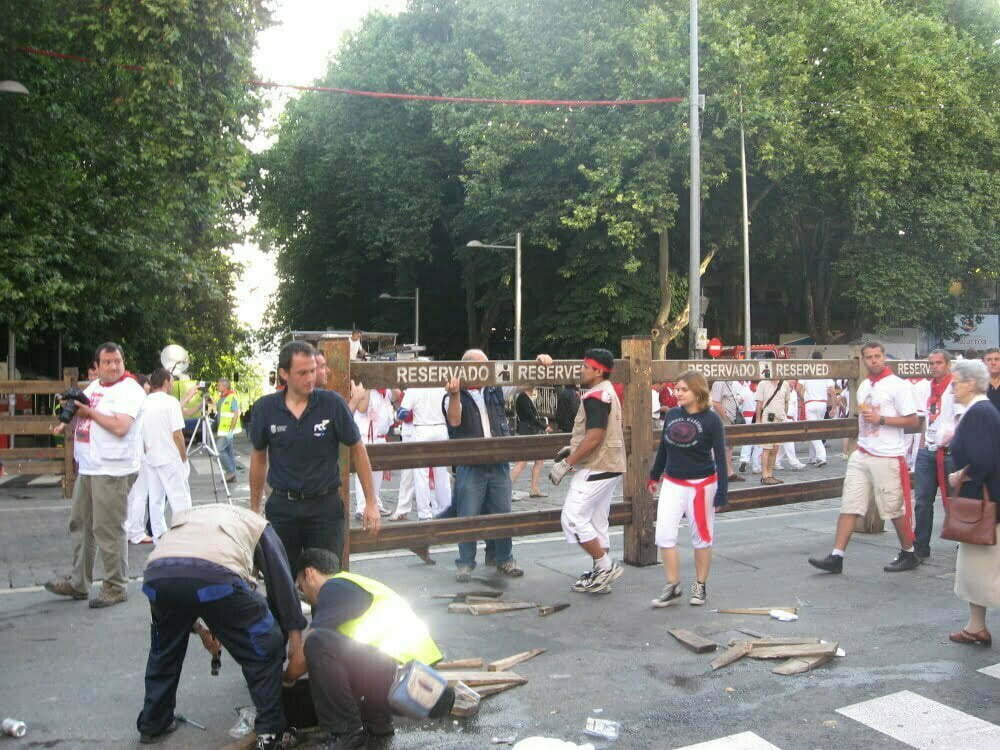
Street cleaners work both in the 850 metres of the bull run just before the race and several times throughout the city, because of the huge amount of waste produced.
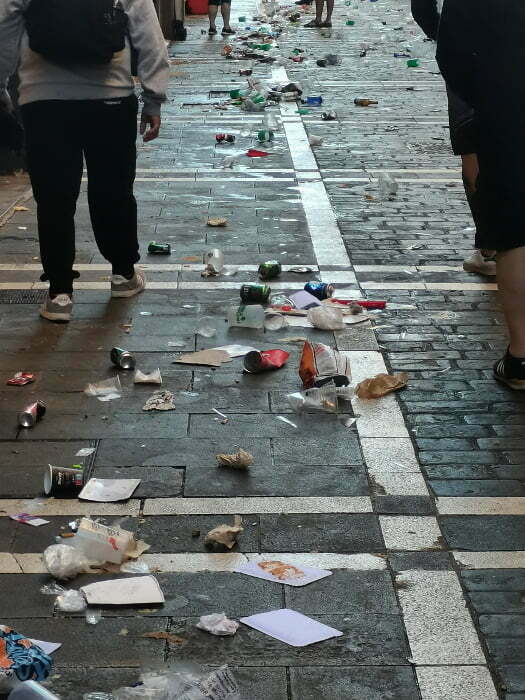
In addition, there are at least 200 accredited professionals from the press, radio, internet, television, magazines, photographers, reporters and tv technicians, national and international.
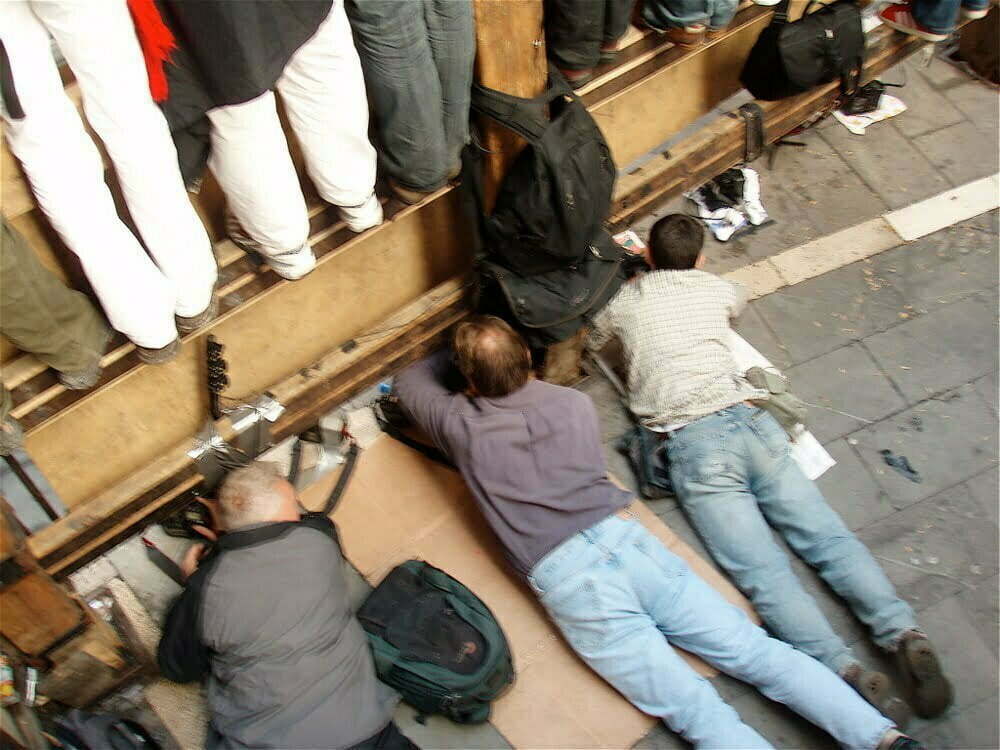
HOW AND WHERE TO SEE THE BULL RUN
The Pamplona bull run is one of the most internationally renowned public spectacles, but one of the most difficult to see in person.
This is because the race is not in an enclosed area, but through the streets of a chaotic city in fiesta.
Therefore, to experience the excitement of the race, you have to arrive a few hours early and stand on the wall near the start or behind the few fences that border the route.
This is the only way to have a chance to be one of the 1,500 people who will see the bulls up close, even if only for a few metres.
You can’t stay between the two fences, because that is the space reserved for people running, health personnel and accredited media.
A privileged viewpoint is a balcony: from there you can see a 100/200 metres stretch of the course and you don’t have to arrive hours in advance.
The problem is that, if you are not family members or relatives of the owners of the houses along the route, you can only get onto the balcony by paying a seat rented for € 100,00 or more per person per day.
The arena has a capacity of 20,000 spectators, but tickets must be purchased in advance.
You don’t see the bull run, but only the final part, with the bulls entering and the runners fanning out.
The last comfortable option if you don’t want to move in the cold Pamplona night, is to watch the race from the television or the giant monitors installed in the streets, as millions of Spanish and international spectators do on the various available platforms.

PAMPLONA DURING SAN FERMIN DAYS

Pamplona during San Fermin days
Before living these Pamplona days, people think that the San Fermin festival is just the running of the bulls.
Nothing could be more wrong.
We have seen that the run itself doesn’t even last three minutes. Then there are another 23 hours and 57 minutes….
The procession of the Saint
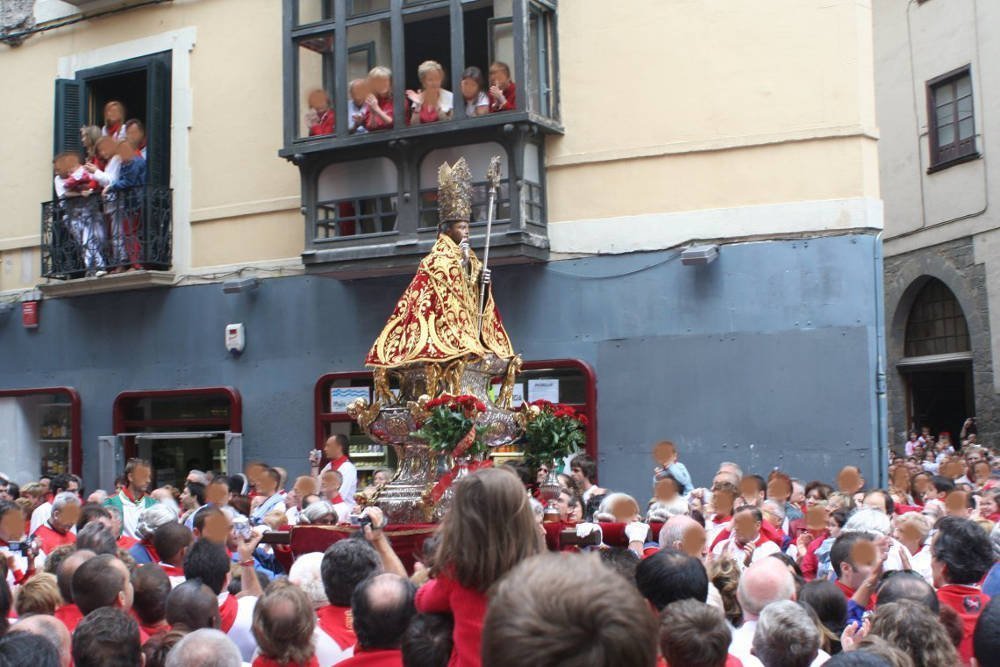
According to tradition, the Roman senator Fermin and his family were converted to Christianity through the influence of the presbyter Honestus, who carried out his evangelical work in Roman Pamplona in the 3rd century.
His son Fermín was baptised by St Saturninus, ordained a priest in Toulouse and returned to Pamplona as a bishop.
He spent his last days in Amiens, where he converted more than 3,000 people before being imprisoned and beheaded on 303 September, 25.
In 1386, King Carlos II of Navarre left a relic of the Saint recovered in Amiens in the Church of San Lorenzo, and the procession has been celebrated ever since.
Initially, the Saint was celebrated on 10 October, the date of his arrival in Amiens, but from 1591 the date was moved to 7 July to coincide with the religious festivities in his honour celebrated between St Peter’s Day and 18 July.
The bust carried in procession is a wooden sculpture dating the end of the 15th century, covered with silver in 1687, and on its chest is a reliquary, also made of silver.
San Fermín is the patron saint of the diocese of Pamplona and, together with San Francisco Javier, the patron saint of Navarre, as well as the patron saint of the confraternities of vintners and bakers.
The cult of San Fermín is deep-rooted among the Pamplonians and the saint is invoked during the chupinazo, just before each bull run, several times during the day and in the lamentations of the ‘Pobre de mí’ at the end of the fiesta.
This is a tradition transmitted from generation to generation.
The procession of San Fermin is held on the morning of 7th July and is an essential act for many Pamplonians, so it is also a must for foreigners to get to know the fiesta in all its solemnity.
After a procession from the Cathedral to the Church of San Lorenzo, the statue of the saint crosses the city, enveloped in the devotion of the Pamplonians and those who make the following days unique: clergy, masks, brotherhoods, bands, dancers and authorities. Obviously all dressed in traditional attire, always with a white shirt, trousers or skirt, sash and red kerchief.
City councillors wear a top hat, gloves and a medal with the city’s coat of arms.
During the morning there are many emotional moments between prayers, singing, dancing and parades, accompanied by La Pamplonesa, the city’s musical band, but also by spontaneous groups.
The masks parade

The parade of the 25 masks of the Giants and Cabezudos (Giant Heads), accompanied by the music of the Gaiteros (pipers), has become one of the symbols of the San Fermin fiestas.
These figures have always been present in the important celebrations of Pamplona since the 16th century.
In 1800 this tradition was lost, recovered a century later thanks to the six giants conserved in Pamplona Cathedral.
The papier-mâché sculptures that currently depict the giants were created by Tadeo Amorena in 1860, commissioned by the municipality of Pamplona.
The dancer carries the figure on his shoulders, which weighs about 60 kilos and reaches up to 4.20 metres in height.

The parade starts every morning from the bus station at around 9.30 am, except on the 6th at 4.30 pm.
The route runs through the streets of the old town, but changes every day.
At the head of the parade are 5 Cabezudos, huge heads with serious faces representing authority.
They are known as the Mayor, the Municipal Councillor, the Grandmother and a Japanese couple.
They walk with a solemn gait and shake hands with all the children who ask.
The 4 pairs of Giants represent a king and queen from each Continent: America, Africa, Europe and Asia (when they were born, Oceania was not yet known).

The Kilikis have grumpy faces, a hat and a plastic pole with which they hit children.
They are called Barbas, Caravinagre, Coletas, Napoleón, Patata and Verrugas.
The Zaldikos simulate armed horsemen with their rods, wandering the boys they meet on their way.
On 14 July, the last dance takes place in the bus station, in a very emotional moment called the Despedida de los Gigantes (the dismissal of the giants).
Children’s Encierro
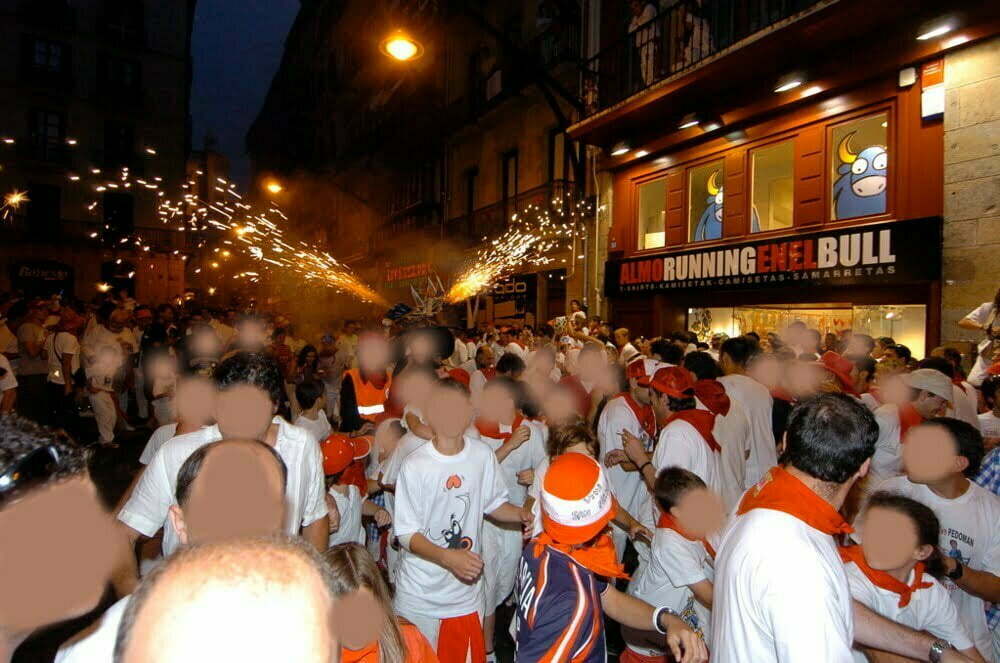
At 22.00 children can participate in the encierro reserved for them, which lasts about half an hour.
A bull of cardboard and wood, loaded on the shoulders of a boy, starts from Plaza de Santiago with torches and fireworks of different colors on horns and loins, chasing the many children ready to challenge him.
Wrapped in a light show and releasing several firecrackers, he runs through the streets of the historic center until the load is exhausted in the middle of calle Estafeta.
Here the change takes place with another boy, who loads on his shoulders the more than 30 kilos of taurine structure with fireworks and firecrackers, and resumes his race to Telefónica.
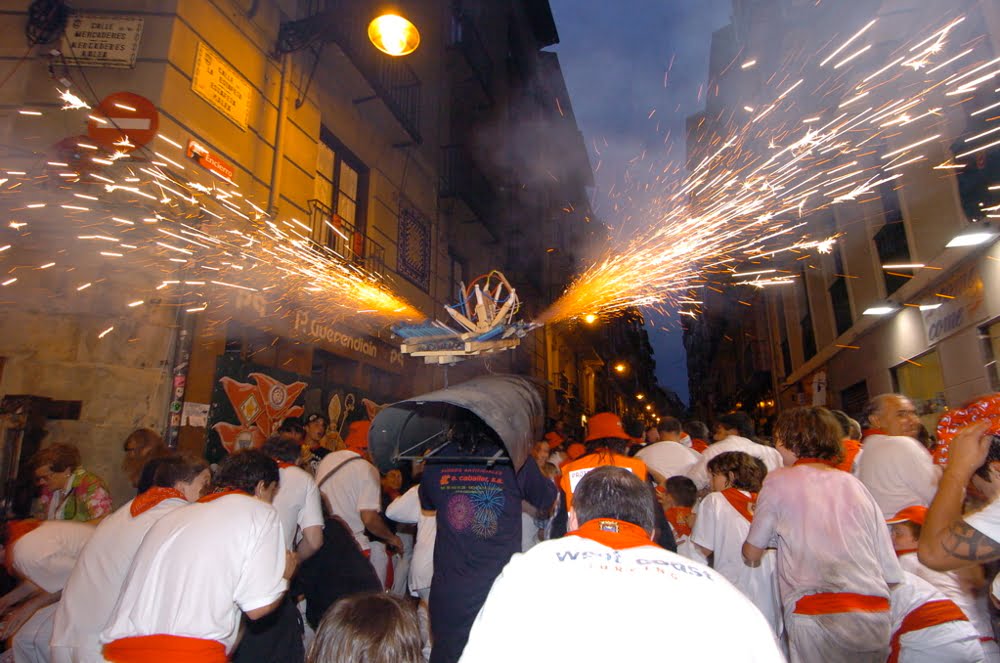
Funfair
“Las Barracas” is installed in a large green area of the Ciudadela.
Open 24 hours a day, it offers the classic attractions for children and not only: targets, rides, bumper cars, wheels etc.
Obviously with the presence of bars, pancakes, sweets and other street foods.
Fireworks
Every night at 23.00 and for about half an hour, the best European pyrotechnic houses offer a spectacular performance of fireworks from the moats of the walls of the Ciudadela, challenging each other in an international competition.
The best place to see it is the park near the bus station that surrounds the Vuelta del Castillo area, but it can still be seen from different points of the city, such as the streets adjacent to Avenida del Esercito, Plaza de los Fueros, Paseo de Sarasate and Plaza de la Paz.
Music
The newspaper “El Eco de Navarra” proposed that a marching band walk the streets of the city an hour before the encierro to wake everyone up, and the municipality accepted the idea.
At dawn on July 7, 1876, the band of the Casa de la Misericordia paraded playing the first dianas sanfermineras.
Since then the streets of the city are animated by multiple bands and the feast of San Fermín would be unthinkable without the music that animates it.
At every moment of the holidays, music invades the streets of the city, becoming itself an attraction.
The official schedule contains an endless supply of concerts and parties for all styles, in different areas of the city.
Traditional Basque songs blend with international ballads, classical music, rhythms of musical bands, disco music from pubs, bagpipes, outdoor concerts of pop, jazz, rock, traditional dances interspersed with salsa or merengue, modernity and folklore, seriousness and unbridled madness.
Essential is the music of the various peñas, which cross the streets of the historic center with drums, trumpets, trombones, whistles, bass drum, cymbals, saxophones, singing cheerful and catchy songs that quickly become popular for all those present.
Alternating in walking the streets of the city, they create an endless revelry every moment of the party.
Inside the arena, on the other hand, they play each on their own and the result is therefore confusing and dispersive.
El Pobre de mí: the end of the festival
On July 14, where it all began on July 6, in front of the cityh at midnight, the mayor announces the end of the festival, giving appointment to the next year.
A flood of lit candles and red handkerchiefs move wistfully singing the song that gives its name to this last act: “Pobre de mí, pobre de mi, que se han acabao las fiestas de San Fermín” (poor me, poor me, the festivities of San Fermín are over).
The “Pobre de mí” is the other side of the Chupinazo: the darkness after the light, the sadness after the joy, but also the fatigue accumulated after days of crazy fun.
From this moment people have to return to everyday life. Many people will continue their party for a few more hours, before taking off the red handkerchief.
THE ORIGIN OF CLOTHING
Usually we know that the dress doesn’t make the monk, but sometimes the party makes the dress.
Traditionally in the Pamplona festival we dress in white (t-shirt, shirt, trousers or skirt) and red (waistband and handkerchief around the neck).
Obviously it’s not an obligation and everyone dresses as he wants, but dressing differently would make fish out of water, since almost everyone wears this “uniform”.
The advice is therefore to dress like this and immerse yourself totally in the tradition (obviously many shops and stalls sell the uniform at acceptable prices).
It’s not known exactly why nor who adopted this clothing, however, is now an integral symbol of the party. Everyone wears it creating white and red human tides.
There are, however, various theories about this popular custom.
Some indicate as inventors the members of Peña la Veleta.
Founded in 1931 by people of humble origins and of the working class, they sought a uniform that would identify and distinguish them from other associations.
A white robe was easy to obtain, inexpensive and, associated with red, very flashy.
In any case, it becomes a common dress among the people who participate in the festivities around 1960.
In addition to the white dress, two other accessories are equally important:
The red handkerchief is knotted around the neck after the launch of the Chupinazo and is removed after the “Pobre de mí”.
Even on its meaning there is no univocal version: it goes from the blood of St. Fermín martyred, to the flag of Navarre.
Many handkerchiefs have embroidered the figure of San Fermín, others the coat of arms of the group to which they belong or the flag of Navarre, Pamplona or the Basque Country.
The band that surrounds the waist is also red. It usually ends with fringes on the sides and sometimes with embroidery such as handkerchief.
To complete the official uniform, tradition indicates white hemp sandals with red ribbons but comfort has now cleared the tennis shoes. However, you need to have closed and resistant shoes, both to avoid slipping and because you can find broken glass (and not only) in the streets.
When the air becomes cooler, you wear a red jacket.
USEFUL INFO
Rules
On festive days, Pamplona has a reputation for being a lawless city but this is not true.
From the arrival in the city the controls, even with anti-drug dogs, are very stringent and no overstep of the limit is tolerated.
The police actions are lightning fast.
However, this allows everyone, from young children to the elderly, to walk around alone without problems, at any time of day or night.
Even the encierro itself is regulated by a series of norms and customs imposed by the centuries-old tradition. In addition, there is a municipal ban of the City of Pamplona and a Navarrese law on bullfighting shows that, if broken, leads to heavy fines.
Among other things, it is prohibited:
– participate in the race to under 18,
– leave the doors of homes and business premises open,
– run under the effects of alcohol or drugs,
– use cameras or phones, footwear or clothing inappropriate for running, bulky objects that restrict movement or hinder other participants,
– grab, hit, incite bulls or attract their attention.
Help must be given so that the herd runs in the correct sense of the encierro and that the race lasts as little as possible.
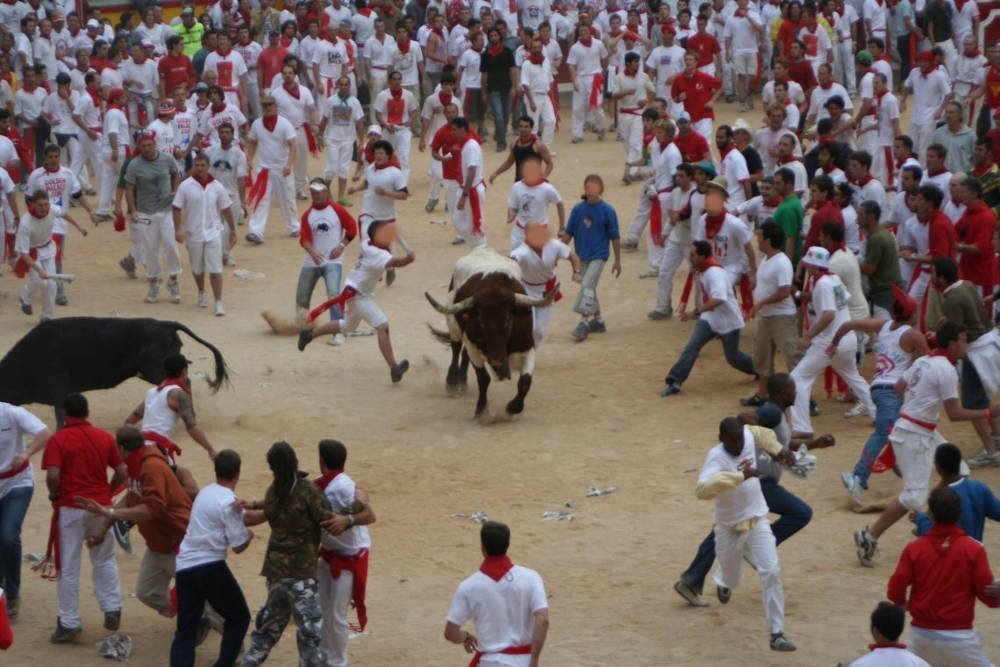
Recommendations

To participate in the encierro with some “guarantee” of success, you must to follow a series of recommendations dictated by the experience of the most veteran runners, those who have done dozens of bull runs:
– sleep before the run, even if only a few hours, and never run as the conclusion of a night of revelry,
– don’t wear moccasins, sandals, heeled shoes or slippers,
– use even more precaution with wet road: bulls slip, but you will do the same,
– don’t run without looking behind: in the encierro the risk is behind, not in front.
– don’t overestimate your physical fitness: the bulls run more than you, check them or they will overwhelm you,
– take the utmost precaution when leaving the road: most horns hit people who are stationary or fallen,
– in difficult moments, don’t try to climb the fence but lie on the ground and rotate to the sides,
– enter the route only if you are convinced to take part and really running: standing still on one side you would risk being seriously injured by bulls, runners, or creating danger for everyone,
– remember that you can die: the risk is very low but take into account that participating in the race you could die or be seriously injured.
Dangers
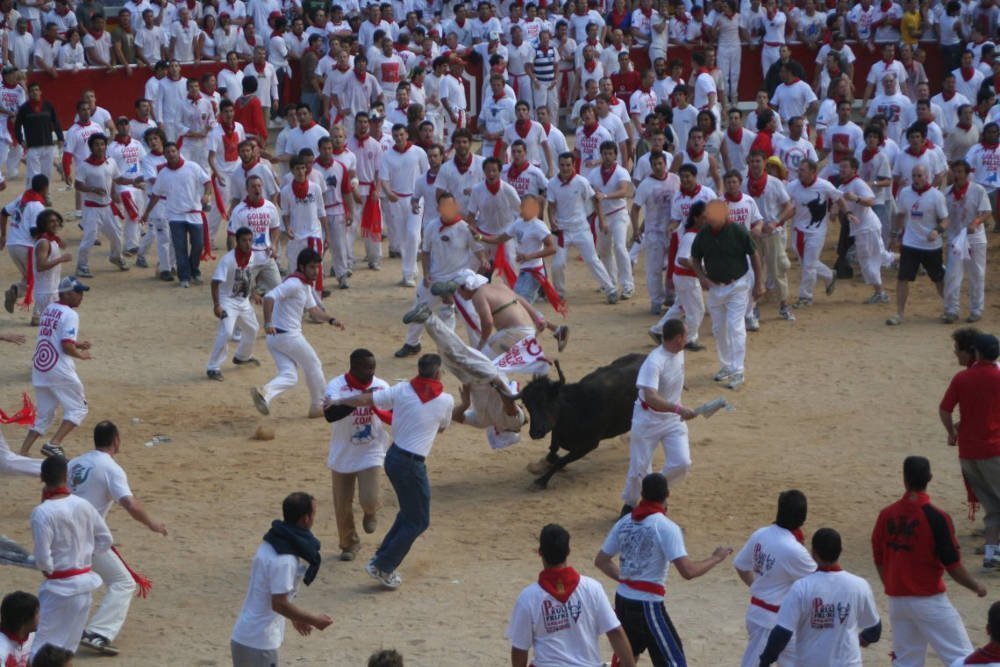
Pamplona’s bull run is known all over the world and there are two types of people who do it: those who arrive prepared and those who decide to do it at the last moment.
The goal is to start running slowly, then at full speed before the arrival of the bulls, stay in front of them more or less close depending on the desire to risk the life, and move away sharply from their trajectory, trying not to cross or endanger the other runners.
One of the main aspects of the encierro pamplonese is its intrinsic dangerousness: running with bulls implies a huge potential risk.
There are 14 boys who died, twelve due to horns, the others from blows or crushing.
11 of them were mortally wounded when they were stationary or fallen.
The deaths occurred on all sections of the race: 2 in Santo Domingo, 2 in the Plaza del Ayuntamiento, 1 in Mercaderes, 1 in Estafeta, 4 in Telefónica area and another 4 in the arena.
In addition to the dead, however, we must also consider the high number of wounded.
It’s estimated that 1 in 70 participants finishes the race with minor injuries such as bruises, erosions, sprains, etc.; 1 in every 800 is transferred to the hospital for severe trauma, 1 in every 2,500 is framed and 1 in every 100,000 dies.
How to get there

Pamplona Airport has regular connections to Madrid and Barcelona.
Other nearby airports are Bilbao, San Sebastian, Zaragoza and Biarritz.
The train station is quite close to the center and has regular lines to all major cities.
The bus station is located at the Parque de la Ciudadela and also in this case the connections are numerous and frequent.
Those who decide to use the car, must consider above all the cost of parking. You must also pay in advance, otherwise you will add the fine and the recovery of the car taken away by the police.
Where to sleep
Pamplona multiplies its inhabitants in these days of July and the housing is filling up quickly.
Beyond the date of booking, the costs of hotels and b&b on holidays reach very high price: it will be difficult to spend less than € 200,00 per night per person.
A bed in a shared dorm in the hostel costs just under half.

Similar prices are also in nearby towns 30 km, to which must be added, however, the cost of travel.
If you want to save money, you can sleep almost anywhere.
It’s not forbidden to sleep in the street or in the gardens but you can’t camp. You have to be equipped for the night: temperatures can reach 15°C with a considerable temperature change, and it can rain.
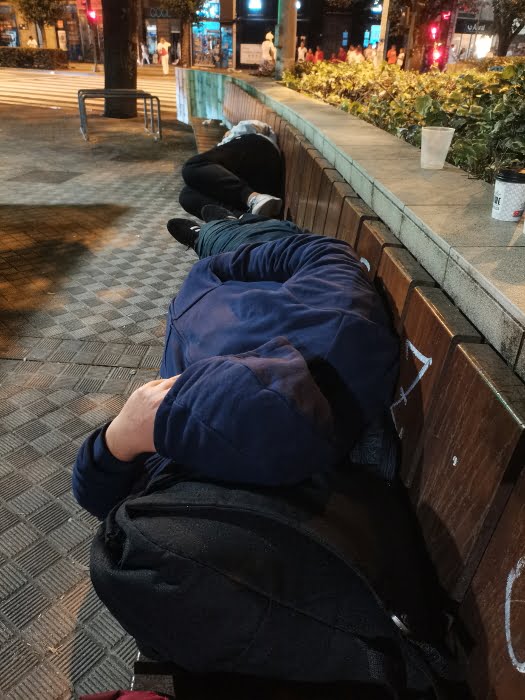
Left luggage
If you don’t have accommodation, it’s better for safety and convenience to leave your luggage in a storage room.
There are two public places to leave your luggage (in 2022 only one):
– Escuela Municipale San Francisco (closed in 2022): open 24 hours a day from 4 to 16 July, it’s located in the center and, in addition to luggage storage, it’s also a multilingual tourist information center and has dressing rooms for changing.
The cost is € 4,50 every 24 hours, they will ask for a copy of your id card and leave a ticket to be returned to retrieve the luggage.
– Bus station: on the lower floor, in the square where the buses leave, there is both a served luggage storage and some automatic lockers.
The cost is always € 4,50 but from 6 a.m. to 10 p.m..
At other times the bus station is closed and inaccessible.
What to eat
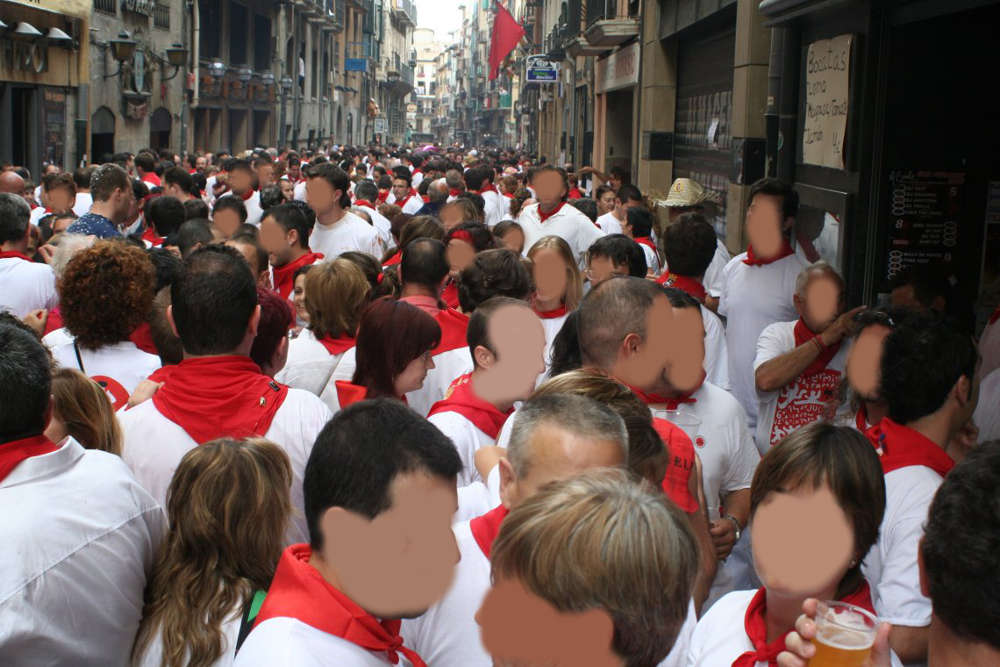
Spending time drinking and eating traditional Basque dishes or different types of pintxos, sharing the table with strangers, is a substantial part of the party.
In Navarre, any social event includes a gastronomic moment as an indispensable part of the celebration.
You have an endless amount of places to eat, enjoy trying different food.
Lost property
The lost property office is inside the municipal police station.
If you find something you can take it there or deliver it to the many agents or volunteers always present around.
Showers
The organization of the feast of San Fermin certainly could not neglect the shower.
In addition to the public baths, there is also the place to wash: the Casa de Baños y lavandería Pública, in calle Hilarión Eslava 9.
With 4 euros (in 2022, prices change every year) you have a single dressing room with shower, towel, shampoo and shower gel.
Some people use to go to the Piscinas de Aranzadi, the public swimming pool near the Casco Viejo.
